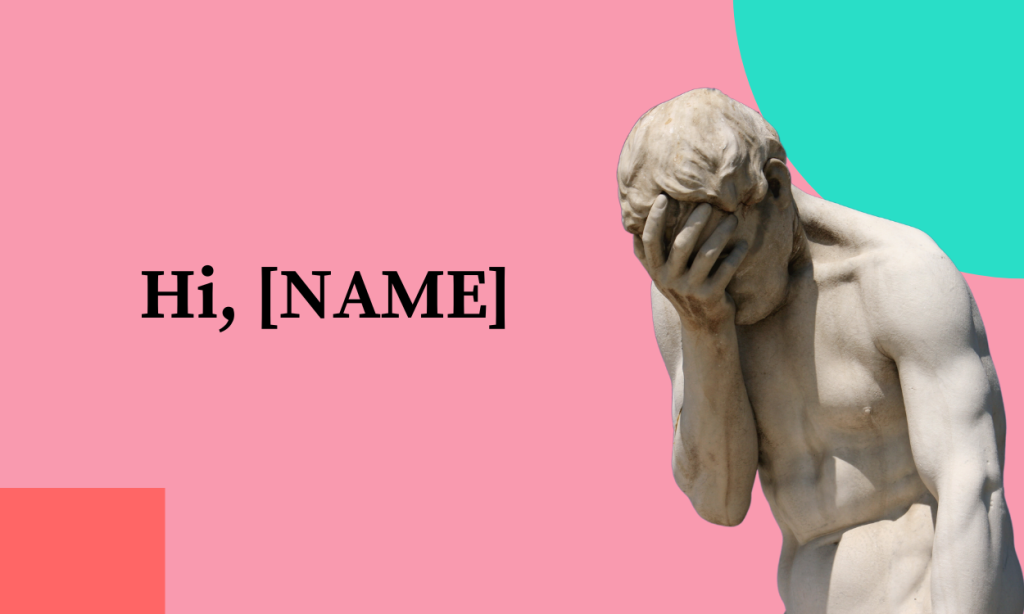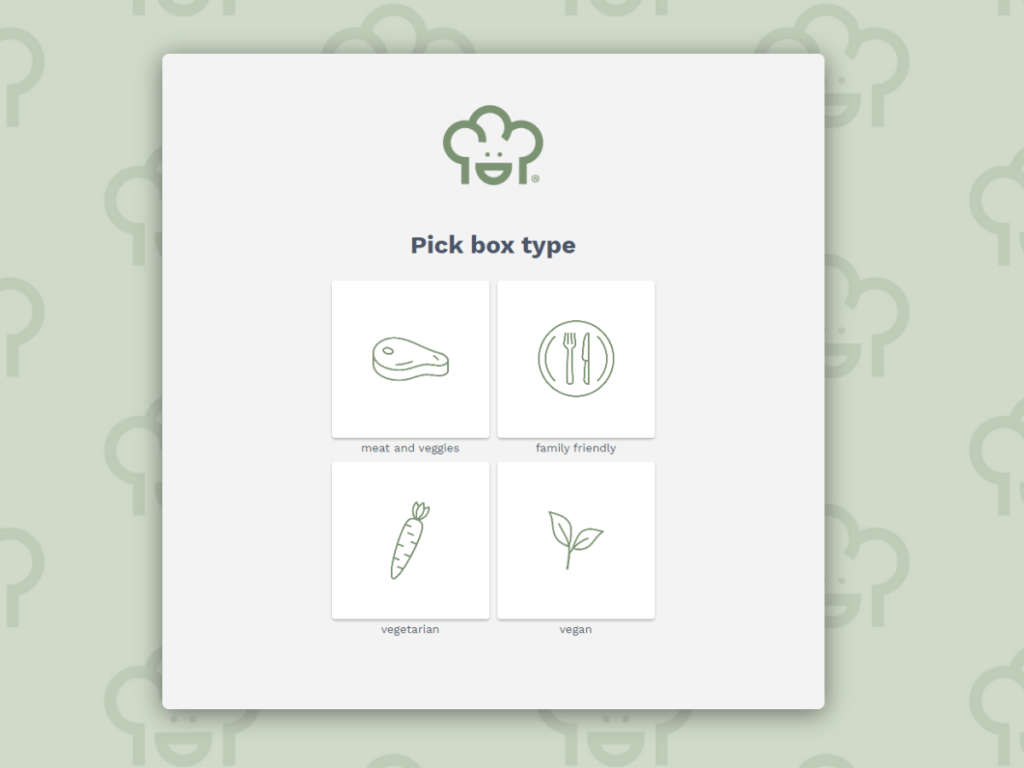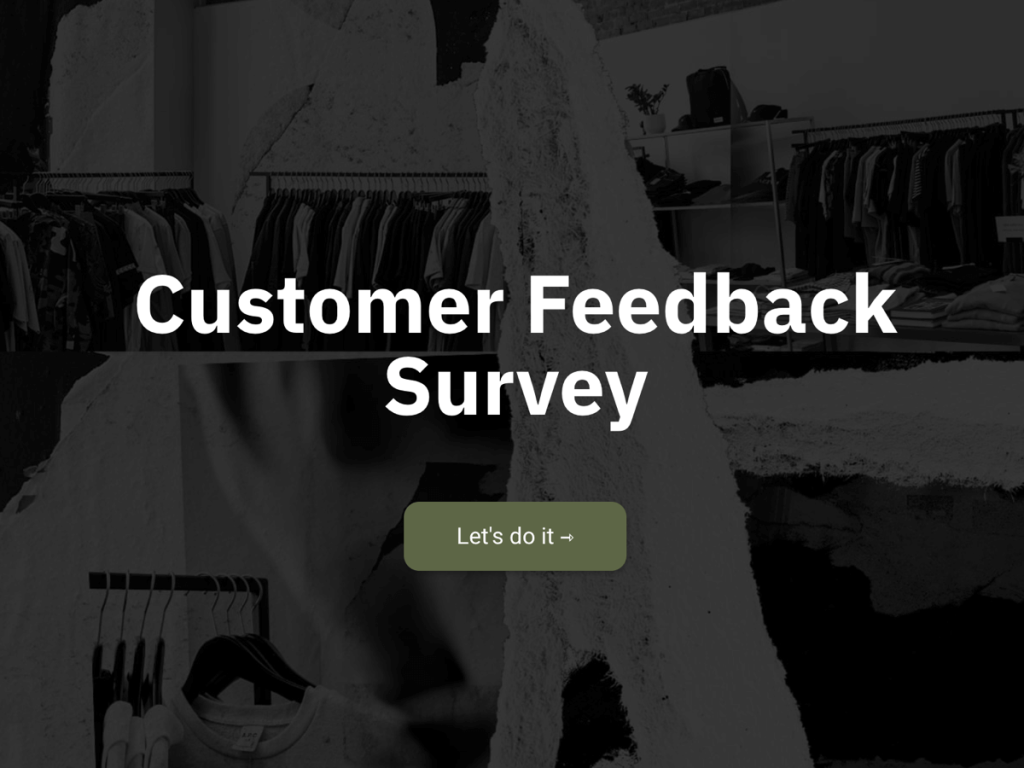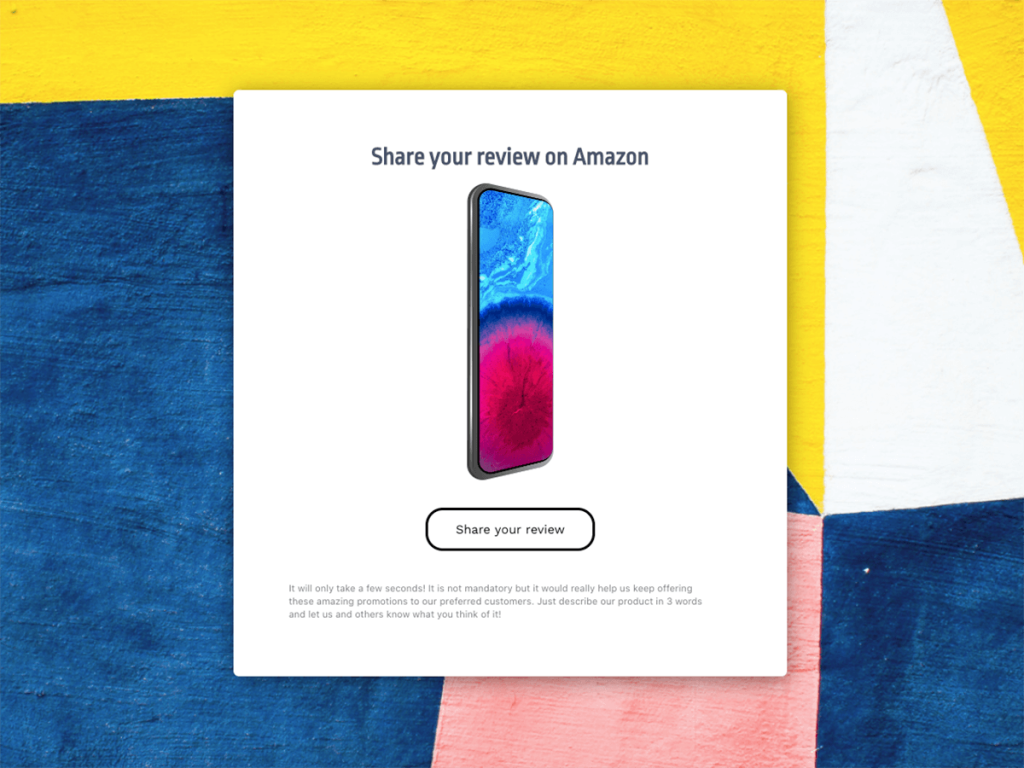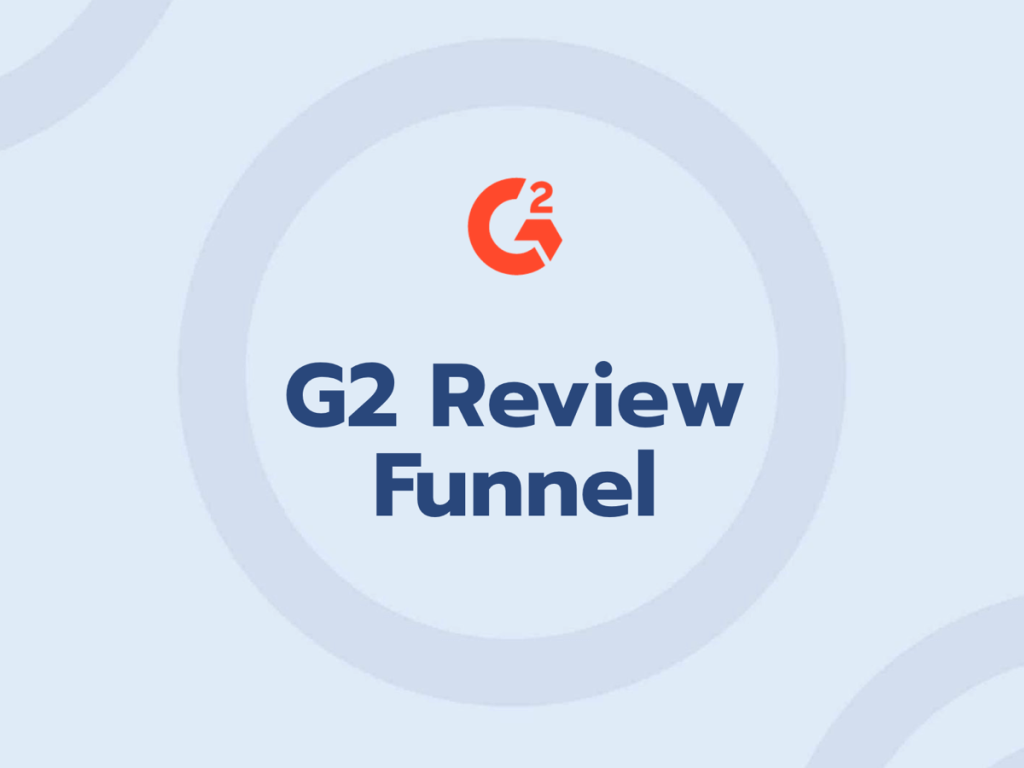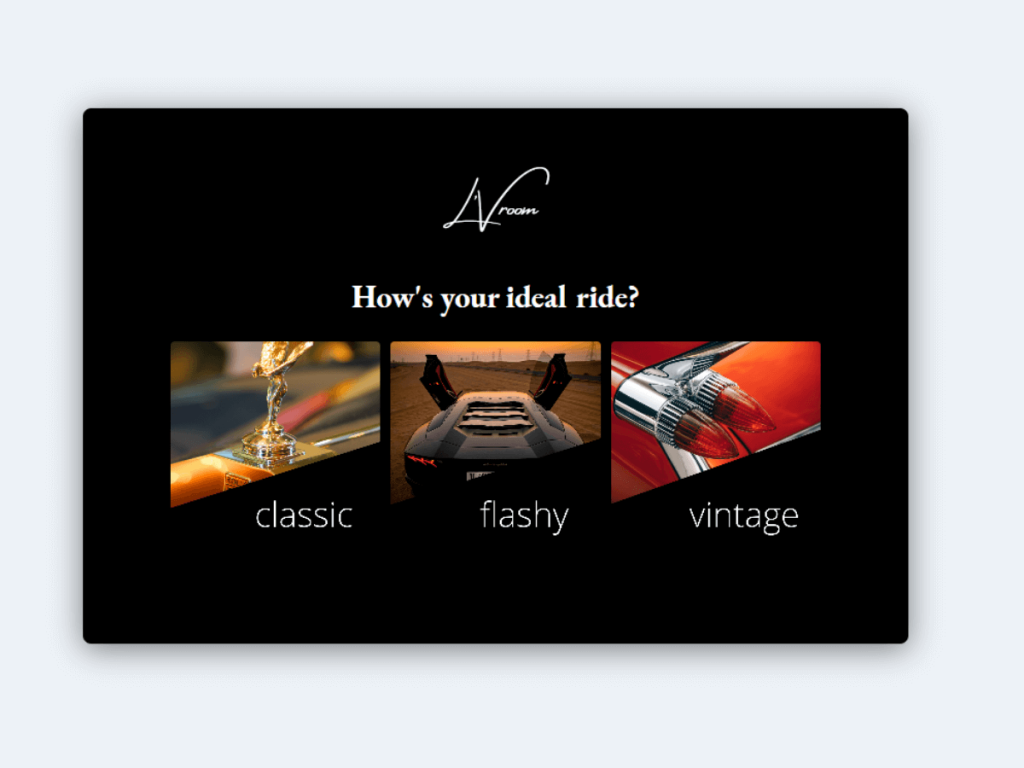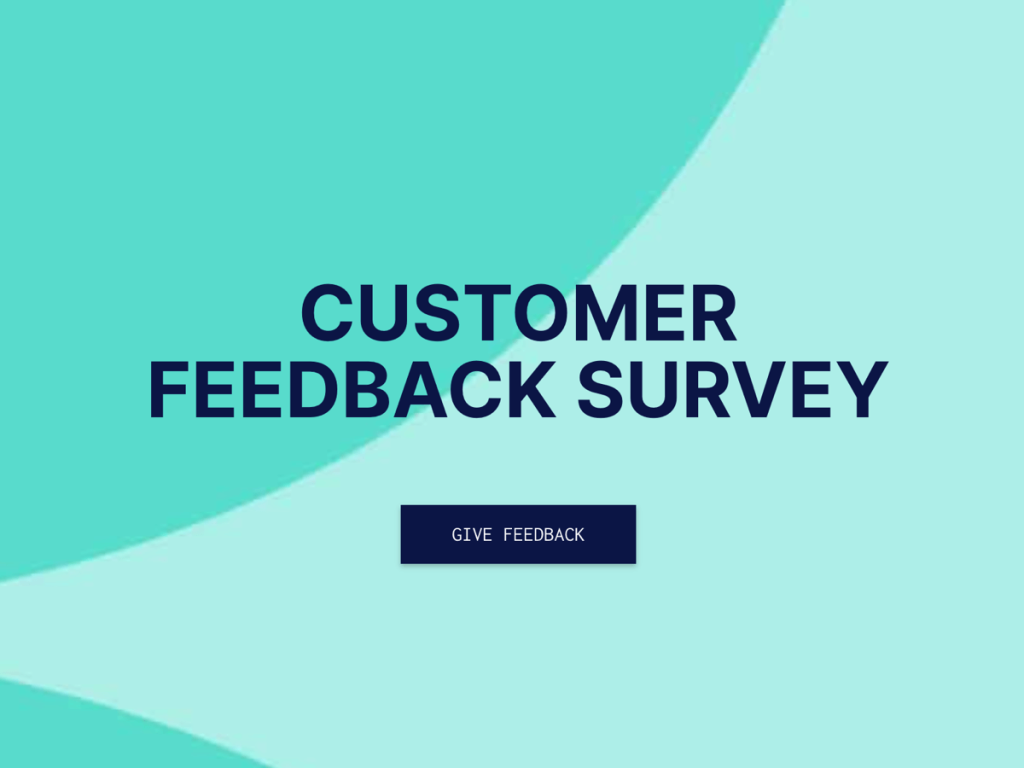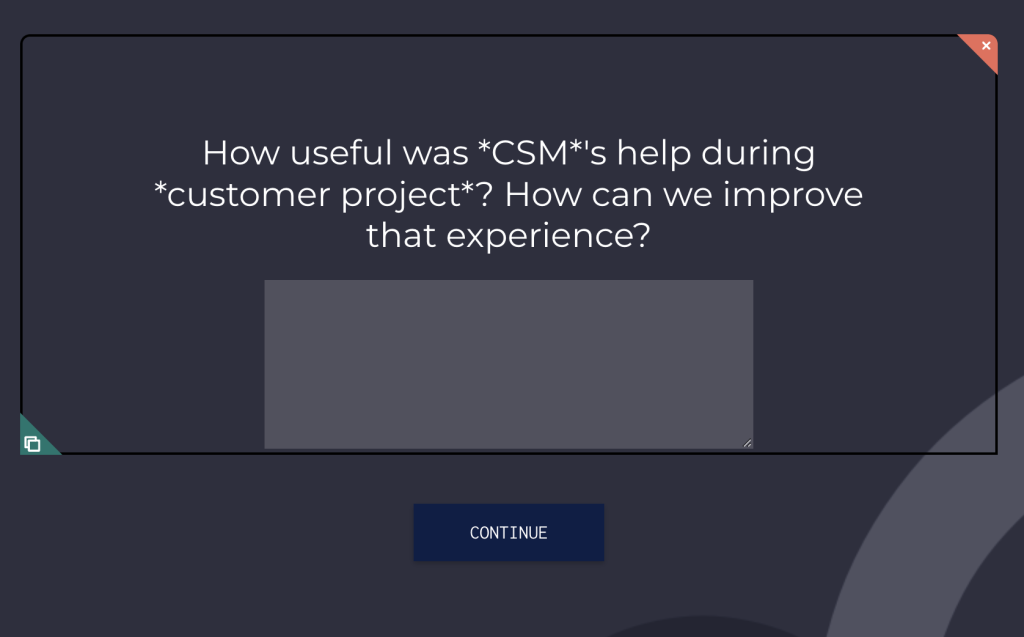Tailoring messages to your customers’ specifics is a tried and true tactic for growing both acquisitions and customer loyalty once those accounts have been onboarded.
Custom experiences make interactions more real and your audience feel heard. However, the trick is to go beyond “Hello first name” and into advanced techniques and tailored journeys towards your clients’ success.
Today, I’ll go through product and marketing personalization in B2B SaaS, exploring techniques that will help you both get new customers and keep existing ones for many years to come. Let’s dive in!
What Is Personalization in B2B SaaS?
Personalization in B2B SaaS represents a set of tactics that marketing, customer success, product, and sales teams use to make a user’s journey feel like it was designed for them.
To achieve this, businesses use a combination of tools (such as CRMs, customer success platforms, account management software, and billing platforms) to determine the ideal spots to engage with customers and the specifics of how to personalize their experience.
A personalized strategy often uses channels such as email, live chat, push notifications, videos, interactive content, and even the product itself to deliver messages that customers identify with and help them on the journey toward their desired outcomes for the business relationship.
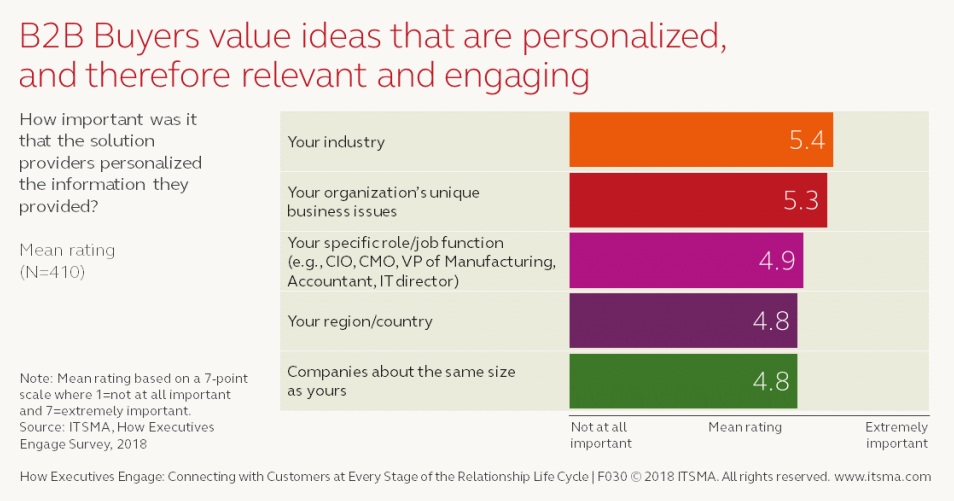
B2B SaaS Product Vs. Marketing Personalization
B2B SaaS personalization comes in two forms:
Marketing Personalization
Going by the traditional customer lifecycle, marketing personalization in B2B SaaS comes first and involves customizing all marketing channels and communications to fit the fine points about your audience.
Marketing B2B SaaS customization typically comes down to:
Using account data, web analytics, email metrics, and customer data platforms to learn about your audience
Selecting personalization tactics that make sense for your audience based on your research
Implementing, optimizing, and a/b testing personalization tactics and elements through various platforms
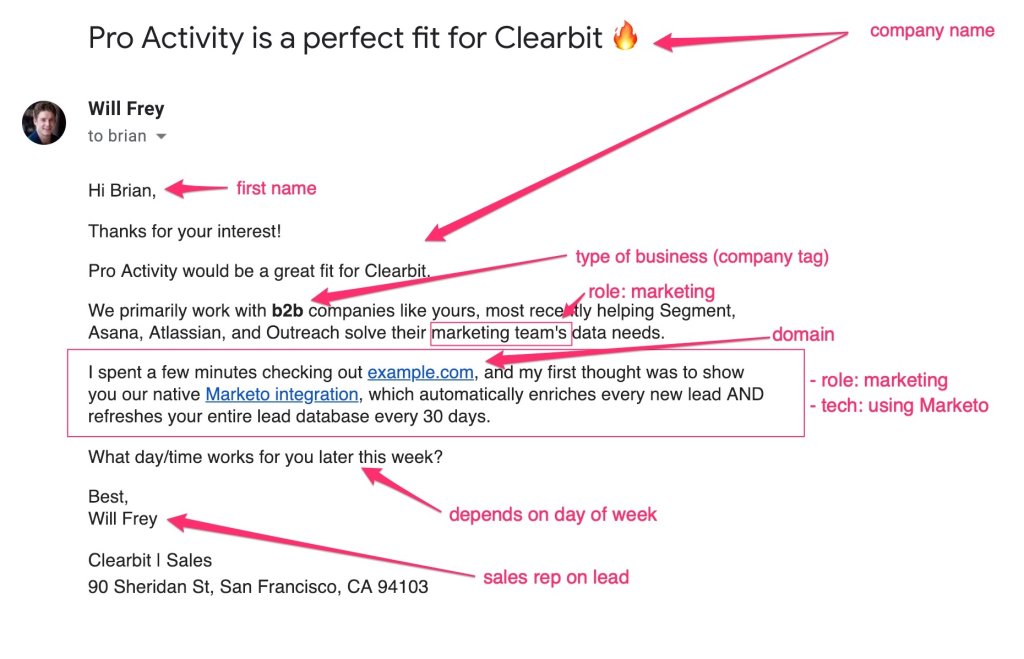
Example of a personalized B2B email from Clearbit. Notice: the multiple levels of customization pointed out. The key to success with this kind of tactic is going beyond performative personalization and actually showing that you understand the person and company you’re emailing.
Product Experience Personalization
Product experience personalization is something that happens post-sale, or at most, starts right before a sale is made.
In B2B SaaS, it involves:
Using various account tools, CRMs, billing solutions, customer demographic surveys, and customer success platforms to gather data about customers and then centralizing that data in the form of a customer portal that gives CSMs a good overview of the account at all times
Personalizing the onboarding and implementation experiences - from low touch to high touch, customers can receive tailored guidance either through automation flows or directly from CSMs via chat, email, or meetings. Customizing SaaS user onboarding is one of the most lucrative tactics in B2B SaaS since it drives long-term client retention and loyalty.
Personalizing all other relevant customer touchpoints for your business.
Creating a stable workflow for personalized reviews and check-ins that periodically help customers, further the business relationship, and increase their loyalty.
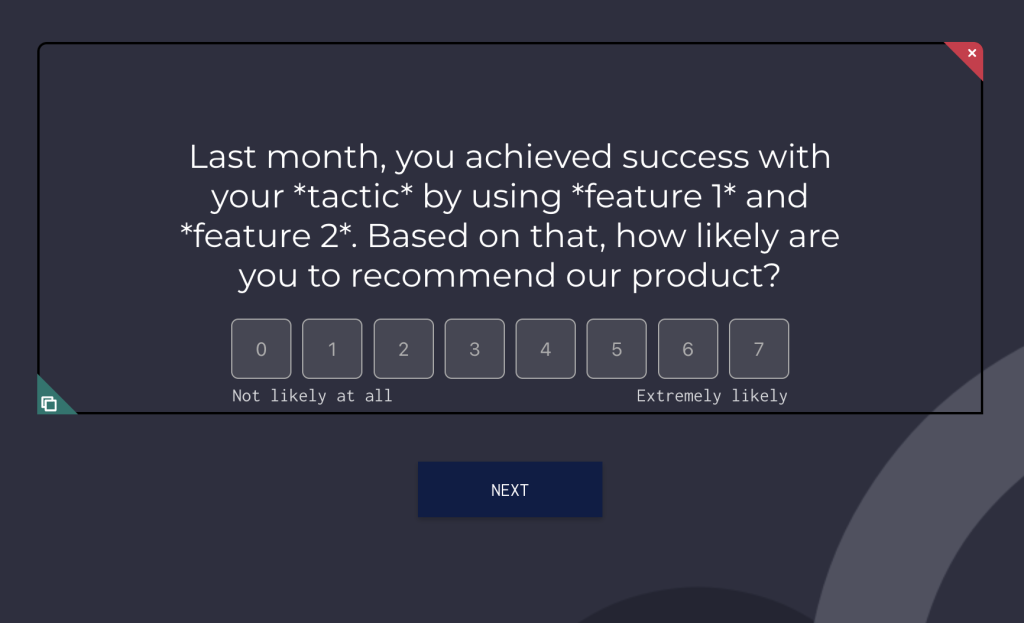
An example of how you can personalize customer surveys by referring to specific account data.
Create Branded Survey
Customize free templates
Vegan Cook Box Onboarding Funnel Template
Customer Feedback Survey Template
Amazon Review Funnel Template
G2 Review Funnel Template
Sales Funnel Automotive Template
Feedback Survey Template
Benefits of B2B Personalization
Opting for personalized experiences in B2B can bring numerous benefits that lead to significant business growth, often surpassing initial expectations.
That said, here are some of the top benefits of B2B SaaS Personalization:
Drives new customers
Increases loyalty
Increases upsell / cross-sell likelihood
Can double your NRR
Actively reduces customer churn
Increases CLV
Reduces load on customer support
However, the danger in SaaS when it comes to personalization plans is that companies often customize CX based on hunches instead of data. A CX trends report shows that 72% of business leaders don’t consider what customers want in their personalization plans. But that also means it will be easier for you to rise above the rest by simply following best practices 😉
Adding elements for open feedback to your survey is a great way to obtain highly specific and relevant answers directly tied to your team’s activity and how you can improve it. This can also be part of a voice-of-the-customer initiative to close service delivery gaps.
Effective Ways to Implement B2B SaaS Personalization
1. Use Your Customer Success Tool to Gather the Info You Need to Customize B2B SaaS Customer Interactions
Beyond all the many tools CSMs and marketers have at their disposal, your customer success tool will likely be the most powerful one for providing an accurate overview of your accounts that you can actually garner some useful insights from.
Using dashboards such as our Customer Portal and Customer 360 view, you can:
See the right information about your customers at the right time
Get an overview of KPIs at scale to know what your customers care about
Gather info on customer tasks and personalize them in real-time
See customer health scores and their evolution
Understand your product’s top features and what the value is for customers
2. Determine Customers’ Preferred Channel of Communication and Stick to It
Optimizing communication early on can significantly reduce overhead further down the line.
Once a customer signs, identify the communication channels they prefer and then adapt your workflow to service them on those channels.
Sticking to preferred channels for customer interactions will result in:
A better overall experience for the customer
Faster, more productive work since customers are likely to respond faster
A better way around automation since template messages sent via regular channels have a better shot at appearing natural
More encouragement for users to interact with you and deepen the business relationship
For marketing personalization in B2B SaaS, you can then use preferred channels to display ads, if possible. For example, if your customers spend a lot of time emailing, maybe it’s a good idea to place some personalized Gmail ads.
3. Analyze All Customer Touchpoints and Determine the Best Places to Step in and Use Personalization
As seen above, customer touchpoint customization is one of the main and most common tactics for tailoring product experiences in B2B SaaS.
Why? Because simply reaching out with personal messages can feel disconnected from the users’ experience. The best way to counteract this is to use your CS tool to identify all your customer touchpoints and then handpick the best ones for a personal email, DM, or in-app message. You can use the following diagram to start:
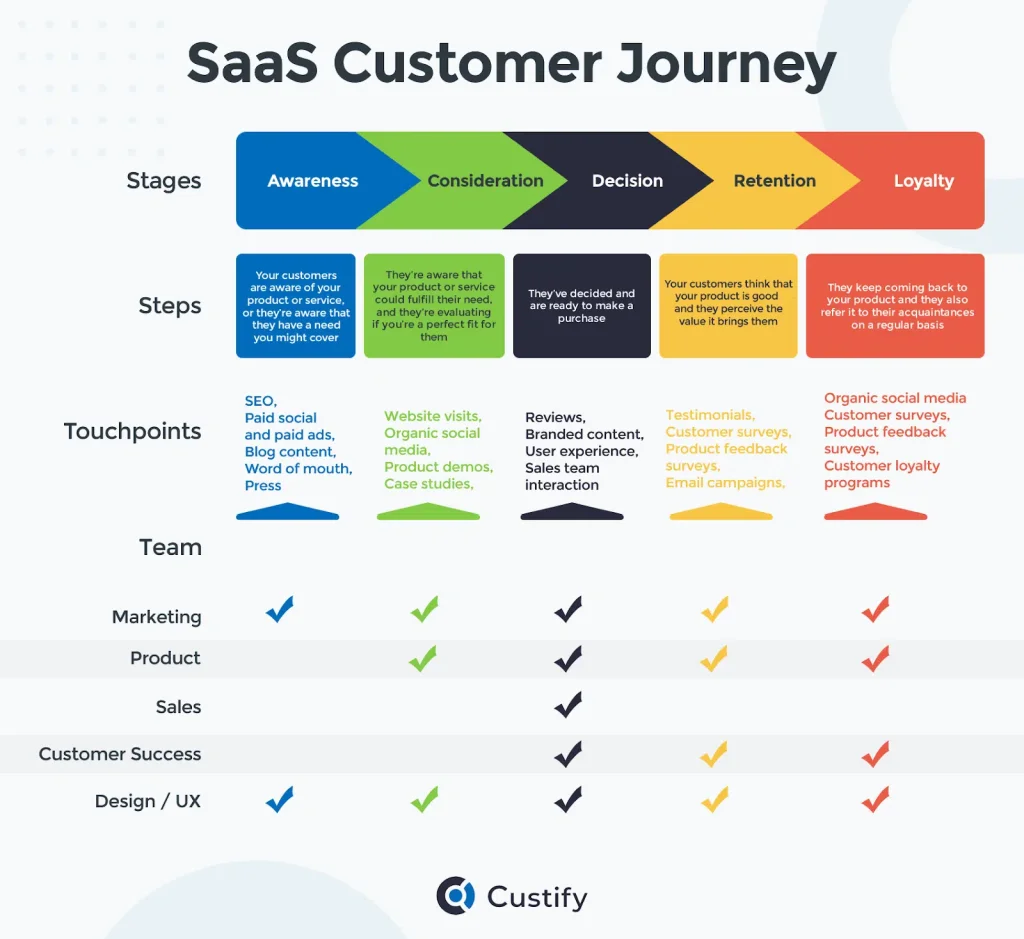
Personalization in B2B SaaS relies on analyzing touchpoints to optimize the customer journey with tailored content that will help customers reach their goals.
4. Personalize All Customer Communications Using Relevant Account Details
In a similar vein to the survey example presented above, personalizing customer communications needs to be done in a conscious, helpful, and targeted way.
While marketing messages can be a bit more broad, post-sale messages need to be tied to product truth and customer truth and geared towards the desired outcomes of your customers. For example:
Sending periodic check-ins to see how the customer is doing with regard to specific activity points you’ve seen on their account (which you can track via your CS tool).
Creating proactive and tailored automation flows that identify product friction points and send relevant communications to customers (such as documentation materials or product guides).
Identifying, tracking, and championing customer outcomes for high-touch and high-value accounts and then reaching out with helpful advice, guides, or videos specifically related to those desired outcomes.
5. Use Automation Flows to Scale Personalization in B2B SaaS
Automation in B2B is becoming more and more the norm as the advent of AI and the rise of automated tools take the SaaS world by storm. Even if you’re not a fan, when you have to handle thousands of low-touch accounts and support them at scale, automation starts making a lot of sense.
Automated flows can be extremely powerful at handling customer friction points proactively, allowing you the freedom to pick when and what to step in for, lowering your workload.
For upsells and cross-sells, automated messages can cite account metrics and prove to your customers they would benefit from more features or a bigger subscription plan. Then you can receive a notification if any customer seems interested.
6. Analyze Product Personalization and Use It to Enhance B2B SaaS Marketing
All the data you gather from a personalized B2B SaaS product experience can be effectively used to influence marketing messaging. In fact, there’s no better way of audience research than by looking at current customers to see demographic data, what they typically value, and what types of outcomes they’re generally after.
Finding the Line: How Much Personalization Is Too Much?
Personalization in B2B SaaS can also be a double-edged sword. It can be tempting to reach out to customers daily - particularly high-touch ones. But you need to find the right balance - too many personalized messages and it might feel like an invasion of privacy, damaging the relationship and leading to an opposite effect than the one you intended.
Avoiding this scenario really depends on your customers, your product, your niche, and your emotional intelligence. However, some good rules to follow are:
Don’t refer to personal details too much. Stick to business specifics if you want to impress.
Don’t be overly friendly - this is a business relationship, and you should keep it business casual at most, if not entirely formal.
Don’t try to be hip by using trendy memes in your customer communications - it might work on occasion, but the truth is you’ll look like a try-hard.
Don’t overuse personal details for audience segmentation - sometimes, tailored messages might seem like they know too much. Furthermore, it won’t actually help you that much - customers come from all walks of life; what’s more important is the goal they’re trying to achieve with your product or services.
Summing Up
Finding the balance between too formal and too casual will always be a tightrope act. However, if you’re equipped with the right tools, it’s only a matter of running the analytics and then making decisions based on the results.
Customers love to feel like they’re being catered to, but they also want to have the freedom to act within your product or services, so find the right mix that allows you to influence them toward their success while keeping your business front and center. Trust me - in the end, they’ll remember who helped them along the way!
Author Bio
Irina Vatafu is the Lead Customer Success Manager at Custify. As an ANC Certified Trainer and a Customer Success Manager, Irina uses her technical background to better understand SaaS businesses and drive them to success.
